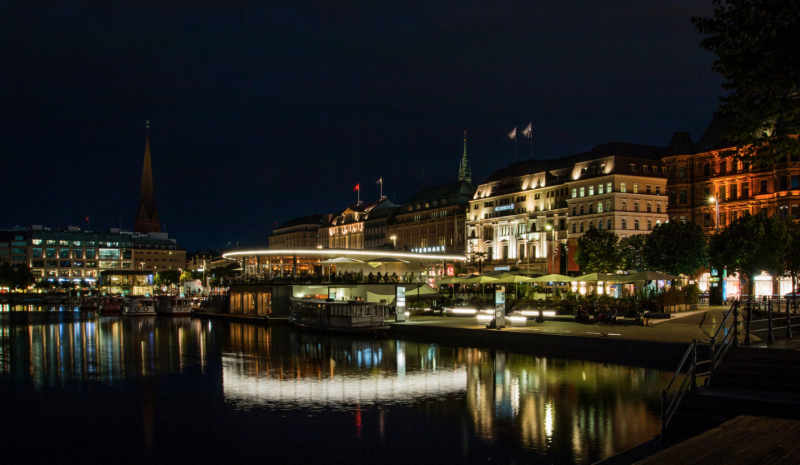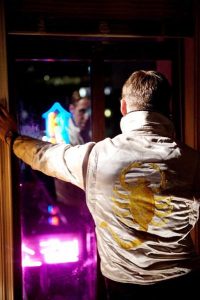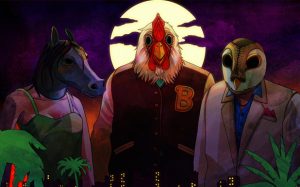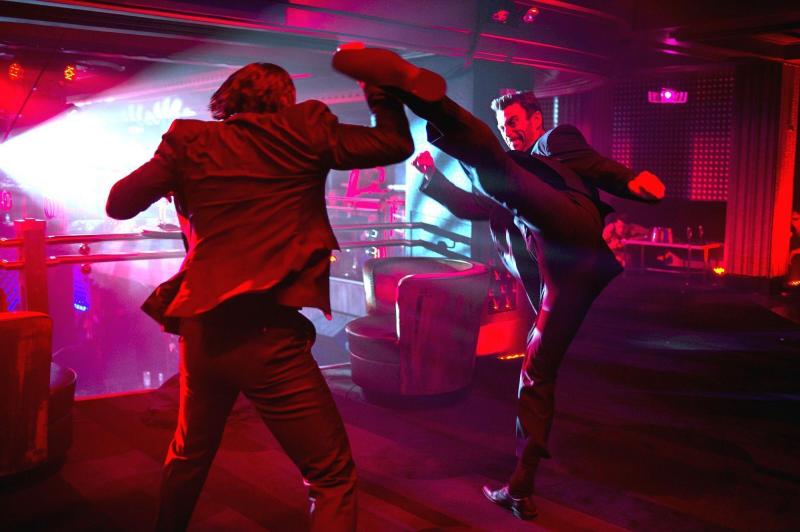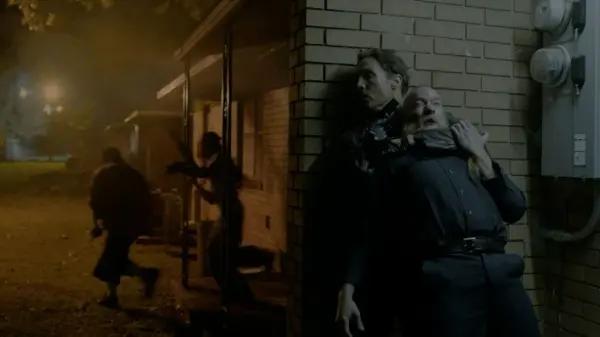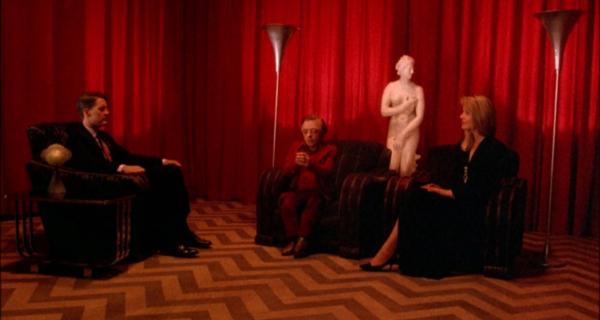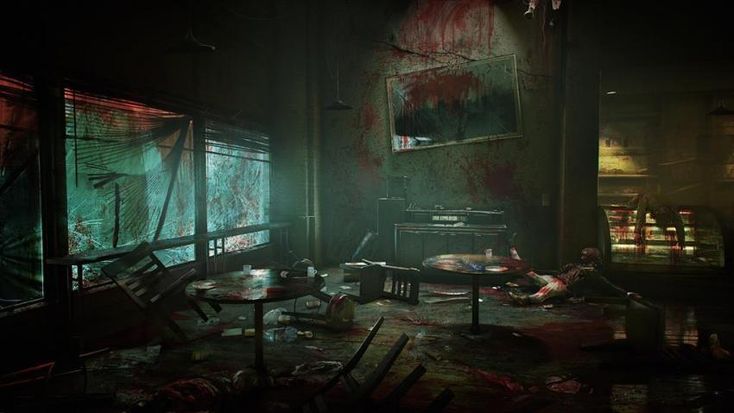On the Reeperbahn, late half past one
If you got a girl, or got none
You will have great fun, that’s the way it’s done
On the Reeperbahn, late half past oneWho never in one cozy night
Strolled past the Reeperbahn’s lights
Is a sorry sod, ’cause he knows you not
Oh my Saint Paul’s, my Saint Paul’s by Night
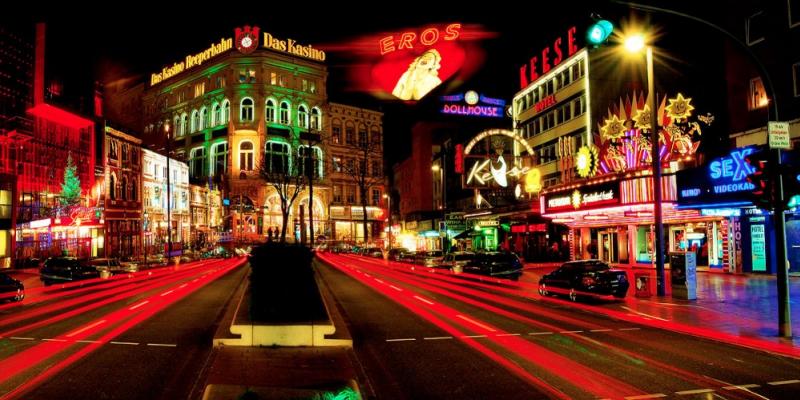 Basically as soon as I started considering working on a Vampire campaign, I decided that it would have to be set in Hamburg. The premise of the game requires that it’s set in a major city (unless your deliberately want to run a nonstandard campaign), and every time I start worldbuilding on something, I always take a few moment to think if there’s anything from the Baltic Sea region that I can use. We almost never get to see our regional history an heritage make an appearance anywhere. The only thing you ever get is Vikings, and even those seem to always be shown far away from home. Hamburg is the biggest city in Northern Europe between London and Saint Petersburg, and it also happens to be where I was born and lived as a kid for 10 years (and I still pass through there pretty regularly). So it really was the obvious choice with no other contestants. And it turns out to actually have a lot of recent history that is great material for a Vampire campaign.
Basically as soon as I started considering working on a Vampire campaign, I decided that it would have to be set in Hamburg. The premise of the game requires that it’s set in a major city (unless your deliberately want to run a nonstandard campaign), and every time I start worldbuilding on something, I always take a few moment to think if there’s anything from the Baltic Sea region that I can use. We almost never get to see our regional history an heritage make an appearance anywhere. The only thing you ever get is Vikings, and even those seem to always be shown far away from home. Hamburg is the biggest city in Northern Europe between London and Saint Petersburg, and it also happens to be where I was born and lived as a kid for 10 years (and I still pass through there pretty regularly). So it really was the obvious choice with no other contestants. And it turns out to actually have a lot of recent history that is great material for a Vampire campaign.
Hamburg
As a major city with a metropolitan area of 5 million people, Hamburg obviously qualifies as a perfect setting for a Vampire campaign. But once I started looking up various barely remembered details from places I remember from my childhood, I rediscovered so many things that not only make it suitable but amazing for that task.
While not nearly as old as the Roman cities in southern Germany, Hamburg has a long history that stretches back over a thousand years. The city really came into its prime with the rise of the Hanseatic League in the 13th century. Merchants from many important port cities on the Baltic and North Seas formed an extensive network of relationships that eventually grew into something akin to one of the world’s earliest megacorporations. In many of these cities, the Hanse merchants formed their own aristocratic class that often came to govern the ports as independent or autonomous republics. The capital of the League was in nearby Lübeck, which with modern city growth and transportation infrastructure is now part of the Hamburg metro area. In the Holy Roman Empire, Hamburg and Lübeck were among a small number of cities that had no lords and owed allegiance only to the Emperor himself. This arrangement lasted until the 1920s, and even today the city of Hamburg is one of the 16 states of Germany, only one administrative level below the Federal Government. The merchant aristocracy of Hamburg was so proud that they would not accept any medals or join any orders of foreign powers, as they would recognize no authority other than their own. There really is no doubt: In the World of Darkness, the Hanseatic League was undisputed Ventrue territory.
Early on in the 30 Years War, Hamburg invested heavily in new massive fortifications to surround the entire city, and it was one of the few major cities in the Empire that were never besieged or pillaged, but still had the war come right to its doorsteps during Wallenstein’s campaign against the Danish king Christian, whose possessions included the northernmost parts of the Empire. Hamburg and Lübeck marked the greatest extend of Naploeon’s empire in the North at the start of the 19th century. After a great fire in 1842, the rebuilding of Hamburg led to a great industrial boom. Growing into the third largest port in Europe and becoming the gateway for emigrants to America and where exotic goods from around the world would come into Germany.
24 Then the Lord rained sulfur and fire out of the sky from the Lord on Sodom and Gomorrah, 25 overthrowing those cities, all of the plain, and everyone who lived in the cities. He also destroyed the plants that grew out of the ground.
– Genesis 19
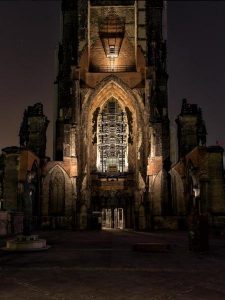
In 1943, the British Royal Air Force launched Operation Gomorrah, and for a full week they attacked Hamburg with incendiary bombs. One night the relentless bombing exceeded their wildest expectation, with the inferno turning into a giant tornado of flames that incinerated much of the city. Later the amount of destruction and deaths from the atomic bomb in Nagasaki would be rated as “not nearly as bad as Hamburg”. Along with tens of thousands of humans, the fire destroyed a majority of the city’s vampires, including many elders of many centuries. There are few things that scare ancient empires, but this night haunts those who survived to this very day. Not even 20 years later, Hamburg suffered a great flood that devastated the poorest parts of the city in the South, there the old dykes had still not been properly repaired. Since then, things have been looking upward for the city.
 Hamburg by Night
Hamburg by Night
The classic style of Vampire: the Masquerade is one of urban decay and street gangs. While this was a very contemporary style in 90s America, it just really doesn’t make any sense for Hamburg in the 2020s. You could do such a version of Hamburg, but it just wouldn’t reflect the character of the city, even in a darker and more twisted way. With most of the historic buildings being completely destroyed by the two fires in 1842 and 1943, most of the current city only 70 years old. And with the hastily constructed concrete blocks from the 50s now showing their age and being considered eyesores, the city is giving itself a makeover of shiny glass and gleaming lights. It just looks very modern and crisp, with a booming economy. Industrial ruins and burning cars simply don’t fit into this place.
But even with such a shining exterior, there is absolutely room to fill it with evil and corruption. There are persistent stereotypes and jokes about German society and culture, which are so persistent because they are not exactly wrong. They don’t get it quite right and miss many of the finer nuances, but there is a lot of truth to that. And even with Germany as a whole, the “Northern Lights” have a reputation for being dour, joyless, and lacking in courtesy. In my experience, “Germany” is really just a language area. Culturally, people in Schleswig-Holstein, Hamburg, and Mecklenburg are Scandinavian. When we look South and see the Rhur Area with its Karneval, and Bavaria with its Oktoberfest, we just think they are all mad and an embarrassment to the whole county. It’s not that we mean to be rude or have no sense of humor or enjoying fun, but our regional culture puts a much greater emphasis of giving other people their space and being unobtrusive. We like not being bothered and extend that common courtesy to others.
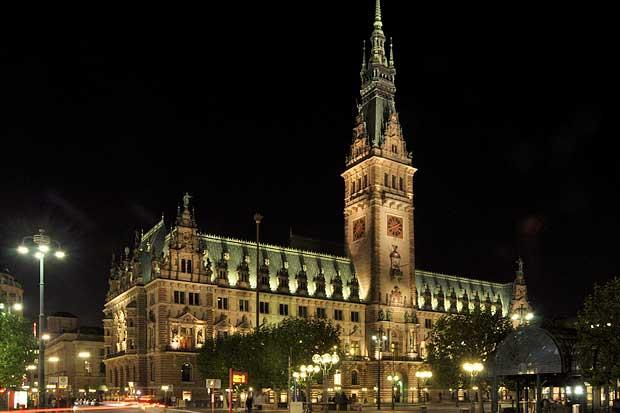
But even so, it does take very little to go from courtesy to callousness. There is only a small step between not being nosy and willful ignorance, and between not rocking the boat and complacency. It’s easy to find yourself kicked out into the freezing rain. And the 1930s were not our proudest moments. This version of Hamburg that I am going for is one of order and oppression, but not enforced by police with clubs, but by social pressure. The police is not the hand of the oppressor, but the foot of the people, put down on those trying to disrupt a good thing. Corruption is not a serious concern of the people, as you don’t see it unless you want to. It’s not the drugs that bother people, but the junkies passed out on the sidewalks. Fighting crime is not about dealing with the causes, but removing it from sight.
Hamburg is an old Ventrue city. Shaped just as much by the vampires who infest it, as they are shaped by it. It is orderly, efficient, and makes a whole lot of money. It’s running smoothly, and the masses just hovering ever so slightly above poverty is by design. People who can’t afford to lose their job don’t ask questions or make demands. With Ventrue pulling many of the leavers that control the city, “Human Resources” take on the full horrific meaning that the term implies. The city and its industry does not serve the people. The people are the fuel and the grease that make the city run.
 A City of Steel and Sin
A City of Steel and Sin
While Hamburg is generally not considered to be among the fancy global cities of Europe, like London, Paris, Berlin, or Moscow, it is still a quite impressive place of its own.
The port of Hamburg is the third largest in Europe, after Rotterdam and Antwerp. Aside from its massive container terminals, it also includes several shipyards and oil refineries on the south side of the Elbe. Hamburg is also the site of the largest copperworks in Europe, an Airbus production site, and countless machine factories. It also has a major airport and a main train station with 12 platforms inside a single 150m long and 75 meter wide hall of steel beams and glass.
 Hamburg is also home to the second largest cemetery in the Old World. Most cemeteries have a but stop. Hamburg Ohlsdorf has its own two bus lines with 24 stops. Right nearby are the Fuhlsbüttel prison and the Ochsenzoll Asylum, making for a quite unique neighborhood.
Hamburg is also home to the second largest cemetery in the Old World. Most cemeteries have a but stop. Hamburg Ohlsdorf has its own two bus lines with 24 stops. Right nearby are the Fuhlsbüttel prison and the Ochsenzoll Asylum, making for a quite unique neighborhood.
The Reeperbahn in the St. Pauli neighborhood is probably the second most famous Red Light District in Europe after Amsterdam. Originally the area started as a shanty town outside the walls of the cities Hamburg and Altona and became the home to all trades that were forbidden inside the cities. In the 1920s it fancied itself to be a glitzy and glamorous entertainment district the likes of Berlin, but after the war it was never properly redeveloped and turned into a crime-infested slum. In recent decades great efforts have been made to straighten it up and return it to its glory days. But it never lost its pride in its self proclaimed title as “The most sinful mile in the world.”

